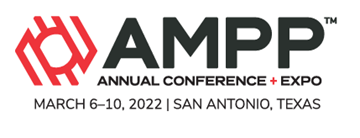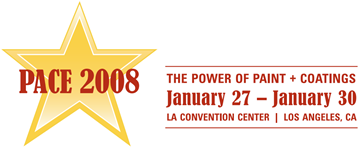Search
Cost of Corrosion Model for Corrosion Under Insulation (CUI) Program Scoping and Optimization
Also Purchased
Case Study Based On Failure And Application Of Surface Coating (Powder Coating)
Product Number:
51322-18109-SG
Publication Date:
2022
$20.00
Powder Coating - Contract Metal Finishing; How to Avoid Premature Coating Failures
Product Number:
41208-406-SG
Publication Date:
2008
$20.00



